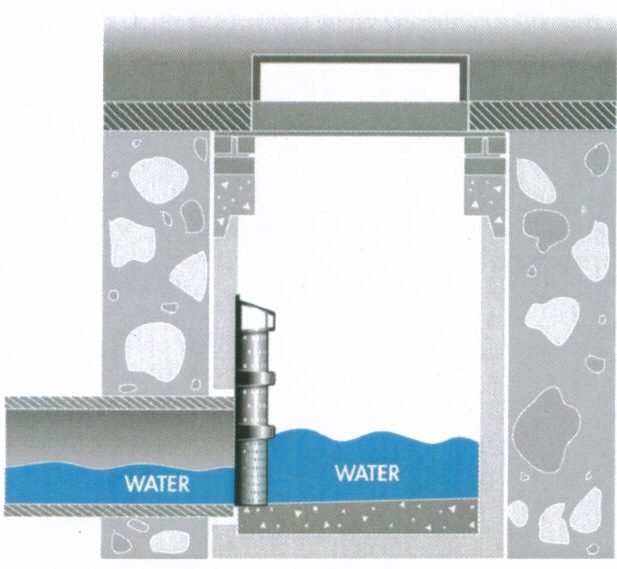Studies & Facts
(Patent # 7276156)
Trash Guard retention performance has been measured at multiple sites of diverse topography and land use classifications. These studies indicate that up to 20 pounds of nutrients are being removed per ton of materials retained by Trash Guard.
The amount of metals being retained, such as lead, zinc, copper, and cadmium is approximately One Half pound per ton retained materials on average. These surprisingly high retention rates are suggesting to researchers that modern stormwater flows are no longer the benign phenomenon that society has historically considered them to be.

Consequences Of Stormwater Pollution
Fish, Shellfish
- Sediment Covers Spawning Beds
- (Damages Commercial & Recreational Fishing)
- Metals & Organics in Stormwater Harmful To Fish
- Plastic Loops Can Strangle Birds
- Sediment Increases Disease in Fish by Irritating Gills
- Sediment Fills in Space Between Gravel in Stream Beds Where Fish Spawn
- Decomposed Vegetation Consumes Oxygen (Fish Cannot Tolerate Low Levels of Dissolved Oxygen)
Aquatic Life
- Sediment Covers Submerged Vegetation
- Metals & Organics in Stormwater are Toxic to Aquatic Life (Plants & Insects)
- Which Other Aquatic Life Feed From Decomposing Vegetation Consumes Oxygen
- Sediment Blocks Sunlight Aquatic Plants Use to Grow
Humans
- Harmful to Boating & Swimming
- Sediment Clogs Harbors & Reduces Storage Capacity of Reservoirs
- Damages Commercial & Recreational Fishing
- Swimming in Polluted Water Can Make One Sick
- Stormwater Trash is an Eyesore



